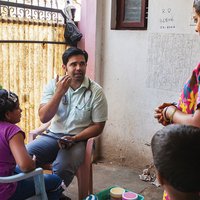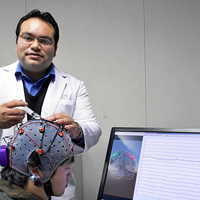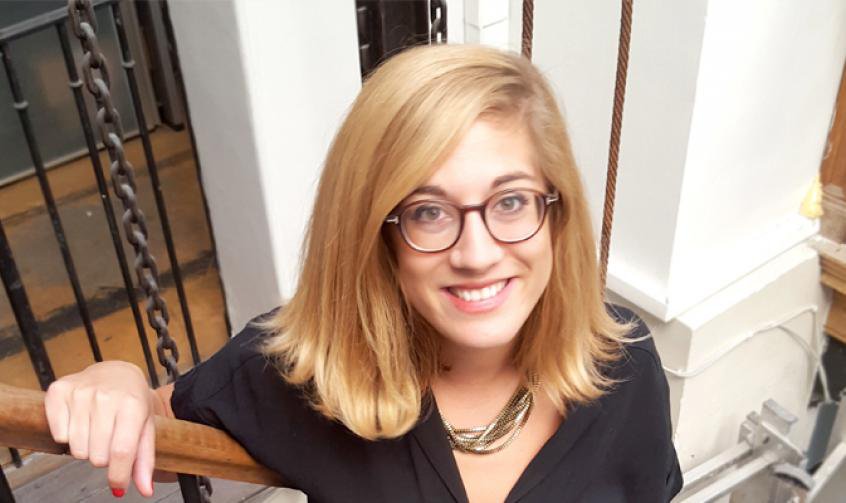"In a few years, a walk around the Paris (France) city center or through the streets of Calcutta (India) could evoke memories of Pandora, the imaginary moon inhabited by the Na´vi tribe in the movie Avatar. These fictional characters share their planet with bioluminescent plants and animals that emit their own light, and this is exactly the quality that the young, French innovator Sandra Rey is trying to leverage in order to light our planet more sustainably.
Rey cofounded Glowee, a start-up that develops novel, biological lighting systems. The young innovator recalls her start in the industry: ""It was obvious to me that this superpower that some living things have could be the solution to the tremendous economic and ecologic challenges of urban lighting"". This original approach, which kicked off in 2013 while Rey was completing her Master´s degree in Industrial Design at the Strate École de Design de Sèvres (France), has lead to Rey´s inclusion in MIT Technology Review´s Innovators Under 35 France 2016 awards.
Of all of the electricity consumed worldwide every year, approximately 20% corresponds to lighting systems, whether in office buildings, factories or street lighting, according to the International Energy Agency. Rey´s alternative light source could eliminate part of this energy consumption and partially reduce the hundreds of millions of tons of carbon dioxide generated each year by the use of fossil fuels in thermoelectric plants.
With this ambitious objective in mind, Glowee´s lighting system is comprised of differently shaped, flat shells of transparent resin, which contain a nutritive solution which houses bioluminescent E. coli bacteria. While this species does not naturally glow, the team used genetic engineering to insert genes from other bacteria which live in symbiosis with a particular type of squid and emit a greenish light.
The final result is a kind of flat sticker which houses genetically modified bacteria that glow, along with the nutrients that keep the bacteria alive and emitting light during approximately three days. After this period has elapsed, the bacteria have consumed all of the nutrients in their shell and cannot continue to glow. The system must be replaced, or injected with a fresh supply of nutrients, Rey explains.
This limitation does not pose a problem for its current user base, mainly event organizers who appreciate the aesthetics of the solution. Glowee´s stickers also do not generate visual contamination and do not require an electrical hookup; the stickers are placed on flat surfaces and their shape can be customized.
But Rey´s goals stretch beyond aesthetics and design, and she expects her stickers to prolong their life-cycle to span one month by year end. The young innovator hopes to reach new markets where her product can generate a greater impact. Her idea ""is not to spend 10 years in the lab trying to create the perfect technology, but rather to identify a market for each phase of development"". Her next targets are building and store fronts, but long term Rey wants to enter the ""signage and urban lighting markets"". The ultimate goal is for her lighting systems to reach the regions where the billion people who live without electricity reside.
To achieve this, in addition to increasing the autonomy of the stickers, the team is working on improving the intensity of the light generated by their system, which currently is the equivalent of ""a bedside lamp"" , according to the researcher. Optimizing the shells and perfecting the genetics of the bacteria so that, for example, they do not glow unnecessarily during daylight hours are a few of her strategies. The team also aspires to modulate the color of the light.
In the words of the director of the Changing Places group at the MIT Media Lab, Kent Larson, who formed part of the jury panel for these awards, even if the cost of producing a large quantity of bioluminescent bacteria is less efficient than using a LED-based lighting system, ""conceptual and aesthetic possibilities are phenomenal."" ""Other people have focused on this area, but Glowee seems to combine a strong vision with excellent technological and commercial skills,"" Larson concludes."




